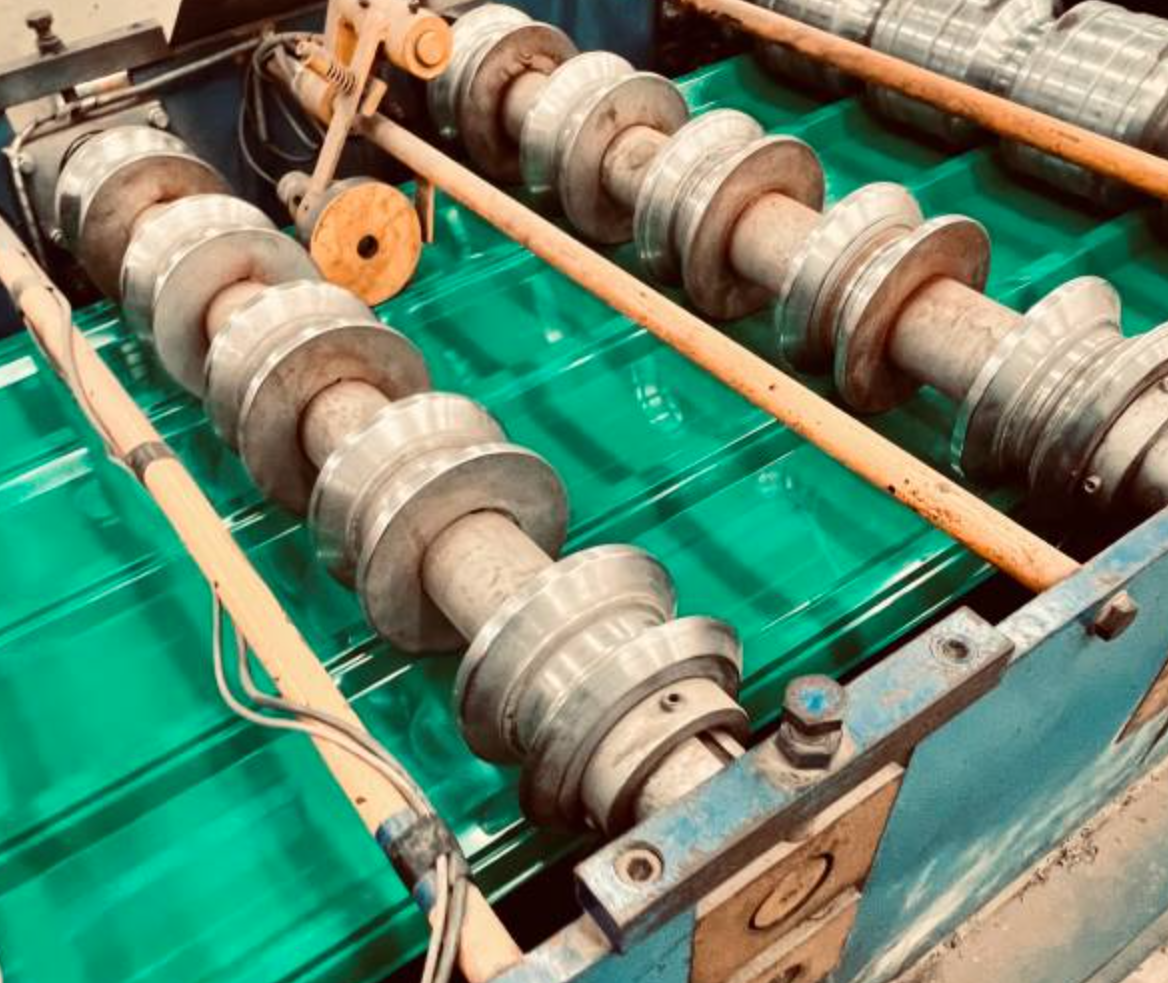
Posted on Monday, January 27, 2025
Refurbishing an old roll forming machine can be a cost-effective and environmentally friendly alternative to purchasing a new one. With proper refurbishment, you can extend the lifespan of the machine, enhance its efficiency, and bring it up to modern operational standards.
Before you start the refurbishment process, conduct a detailed inspection to assess the machine's overall condition. Key areas to evaluate include:
Create a comprehensive report documenting all necessary repairs, replacements, and upgrades.
Carefully disassemble the machine to access its components for cleaning, repair, or replacement. This step typically includes:
Label each part for easy reassembly and keep small components organized in labeled containers.
Over time, debris, oil, and rust can accumulate on the machine’s parts. Clean each component thoroughly using appropriate methods:
Ensure all components are dry and free of contaminants before proceeding to the next step.
Identify components that can be repaired and replace those that are beyond repair. Focus on:
If custom parts are required, consider outsourcing them to a precision machining service.
To enhance the performance of your refurbished roll forming machine, consider upgrading key systems:
These upgrades can improve the machine’s functionality and productivity, making it competitive with newer models.
Reassemble the machine carefully, ensuring all components are aligned and secured. Use your labeled parts and follow the manufacturer’s manual if available. Pay close attention to:
Once assembled, double-check all connections and ensure that moving parts operate freely.
Conduct thorough testing to ensure the refurbished machine operates correctly. Perform the following checks:
Address any issues identified during testing before declaring the refurbishment complete.
Establish a maintenance plan to ensure the refurbished machine remains in optimal condition. Key maintenance tasks include:
Document the maintenance schedule and train operators on proper machine care.
Refurbishing an old roll forming machine is a practical and rewarding process that combines mechanical expertise with modern upgrades. By following the steps outlined above, you can restore your machine to peak performance, ensuring efficient and cost-effective production for years to come. Whether you're a seasoned operator or new to the industry, investing in refurbishment can be a smart move for your business.

32/1000 Box Profile Roll Forming Machine – Complete Guide & Specifications
Posted on Sunday, November 16, 2025
High-performance 32/1000 box profile roll forming machine for roofing and cladding. Full specifications, profiles, applications, pricing

PBR / R-Panel Roll Forming Machine – Complete Guide & Specifications
Posted on Sunday, November 16, 2025
PBR / R-Panel roll forming machine for roofing and wall cladding. Full specs, profiles, applications, pricing, and global buying guide. Built to order.

Posted on Sunday, November 16, 2025
How to Diagnose and Fix the Hidden Electrical Problems That Cause Downtime
Copyright 2025 © Machine Matcher.